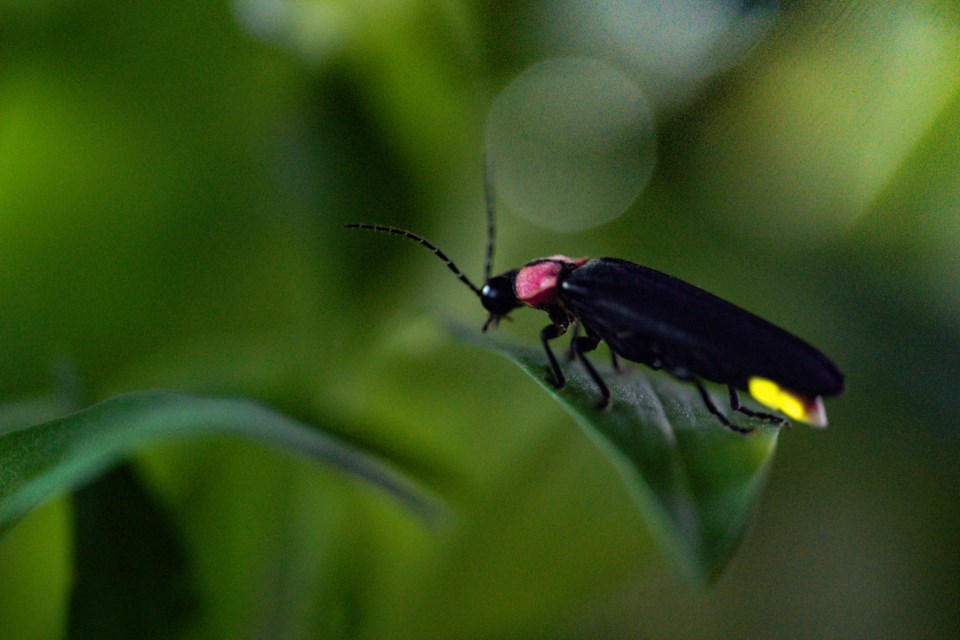The Longmont Leader accepts contributions, photos, letters to the editor, or LTEs, and op-eds for publication from community members, business leaders and public officials on local topics. Publication will be at the discretion of the editor and published opinions do not represent the views of the Longmont Leader or its staff. To submit a contribution, email [email protected].
You read that right! Colorado does have fireflies. Small populations of these beetles exist throughout the state. While they live in wetland habitats year-round, the species of fireflies which flash will begin lighting up the wetlands in late June and continue through early July. That’s because it’s their mating season!
Fireflies use a chemical reaction in their light producing organs to create bioluminescence, or the production and emission of light by living organisms, which they use to communicate with each other. During warm summer nights, males fly over wetlands and flash to signal their interest to females. Females respond with flashes to show their location, allowing males to find them. Each species has their own unique flash pattern to find each other. While they create a magical summer light show for humans, the flashes of fireflies are really an intricate firefly courtship display.
Little is known about fireflies in Colorado due to their rarity, though scientists are working to understand them better. We do know that Colorado has multiple species of flashing fireflies, at least four species of dark fireflies — species which do not flash as adults — and one species of glowworm — firefly species in which the adult females resemble larvae and glow, while the males resemble dark firefly adults.
We also know that the lifecycle of the flashing fireflies in Colorado follows a general pattern. First, eggs are laid in the soil. The eggs hatch into tiny, predaceous larvae which feed on soft bodied invertebrates, such as worms and snails. As they hunt and feed, they molt several times to grow to about the length of a fingernail. They then build a mud chamber in the soil for pupation. Inside the chamber, they transform into adults which only live for a few weeks over the summer.
Little else is known about Colorado’s fireflies. Scientists are unsure of how many years fireflies stay in their larval and pupal stages before transforming into adults. We know little about what they eat as adults, though it has been reported that some species feed on nectar, pollen, other fireflies or even nothing at all. We have some population location information, but more information is needed.
How You Can You See Fireflies
Natural areas in Fort Collins, Boulder, Loveland, Fountain, Redstone, Moffat and Littleton are either open to the public after dark or provide scheduled firefly programs to allow the public to see the fireflies on-site. Visit these areas during open hours and especially look around the edges of wetlands after 9 p.m. to see firefly flashes.
How You Can Help Fireflies
- Reduce light pollution in the evenings by turning off outside lights in June and July so that artificial light does not interfere with fireflies finding mates.
- Reduce pesticide use to protect fireflies from pesticide poisoning. Because fireflies live in the soil as eggs and larvae, they are sensitive to pesticide accumulation in wetlands.
- When visiting natural areas to view fireflies, stay on designated paths to avoid damaging delicate firefly habitat and the eggs and larvae in the soil.
- Support the conservation of Colorado’s wetlands to protect firefly habitat.
- Seek out community science opportunities and volunteer your time to help monitor fireflies and share your data with the experts.
- And lastly, we have very small populations of fireflies in Colorado, meaning that every firefly counts! To protect these populations and ensure that Coloradans can enjoy them in the future, never collect fireflies from the wild.



